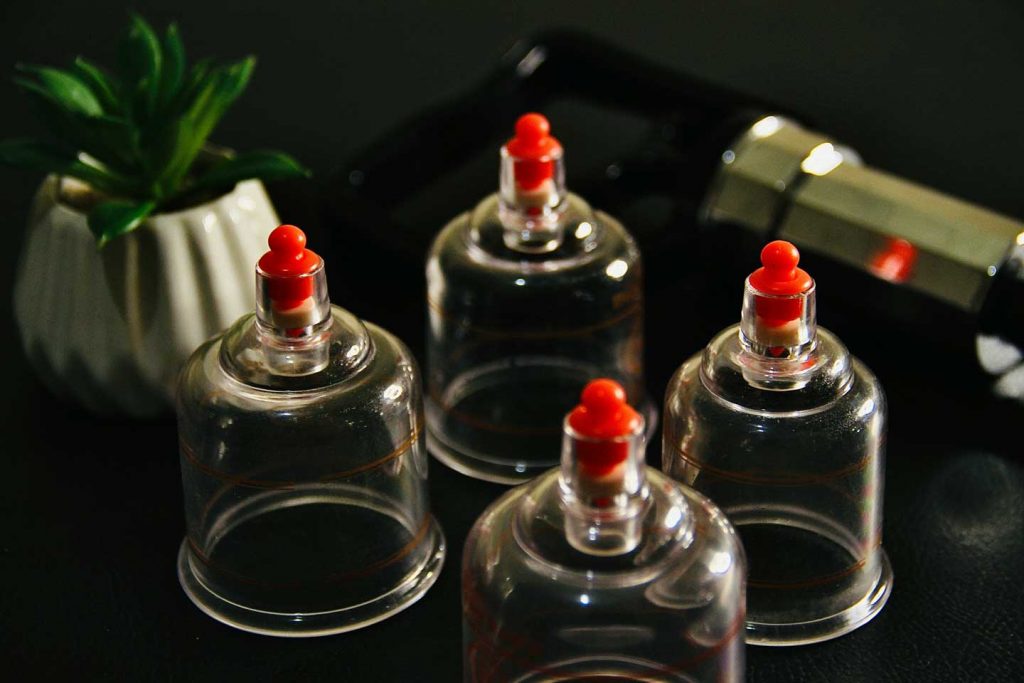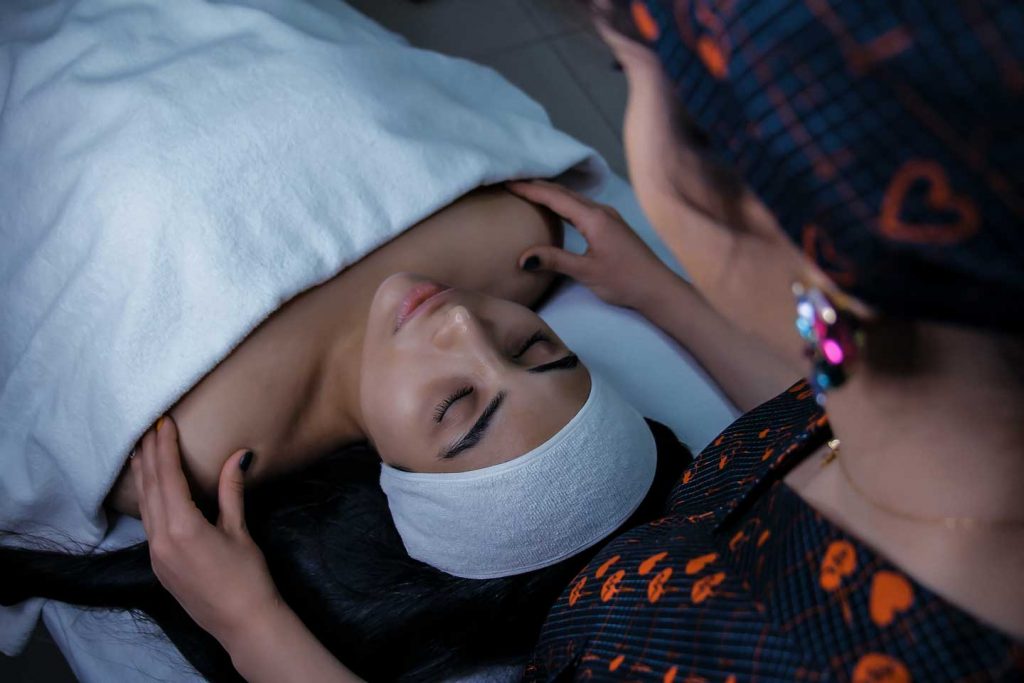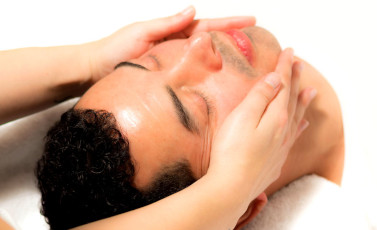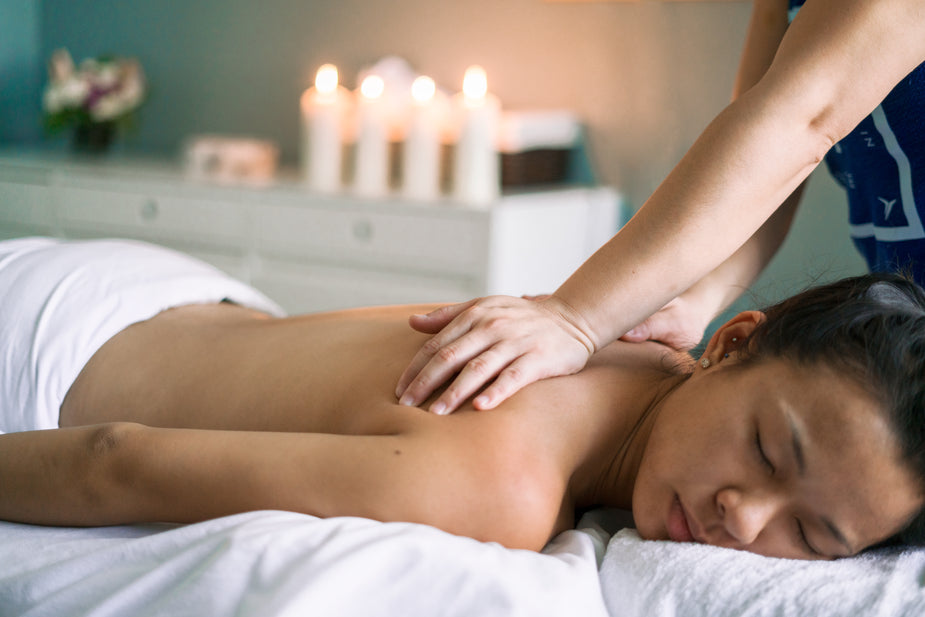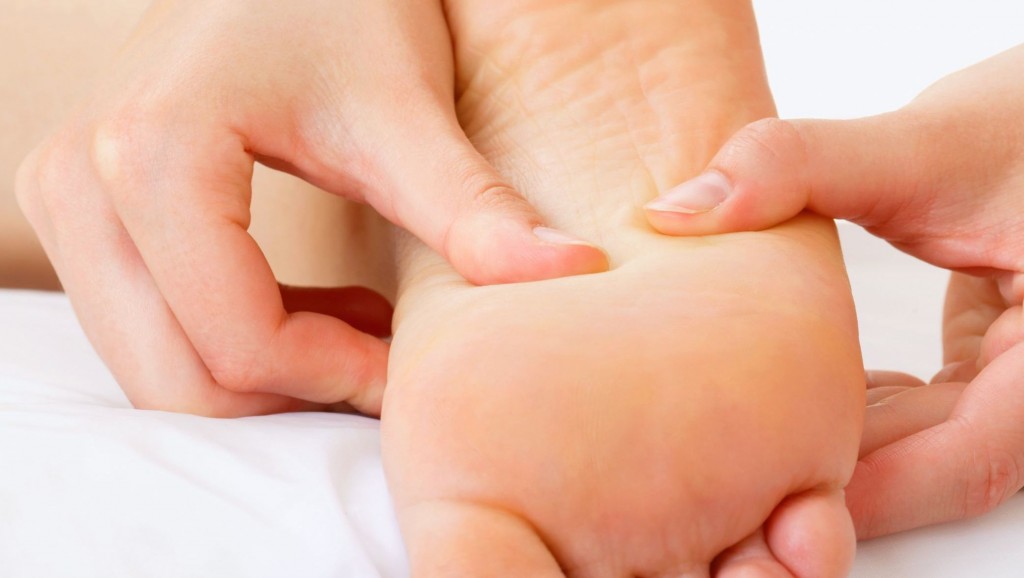Thai Massage and Mindfulness: Nurturing the Present Moment
Life can be stressful as it is, but that does not mean we cannot have mere moments for ourselves. Every human being deserves some nurturing moments to recharge themselves. If you have not tried Thai massage yet, this is your chance to create an energy burst that will keep you going for weeks.
It is not a typical massage where you lay on a massage bed, and a therapist gives you a good rub. Rather it is a journey based on prana nadis which are the energy lines of life.
Table of contents:
- Thai massage and mindfulness techniques
- Thai Massage and its Origin
- Thai Massage and Mindfulness
- Benefits of Thai Massage
- Conclusion
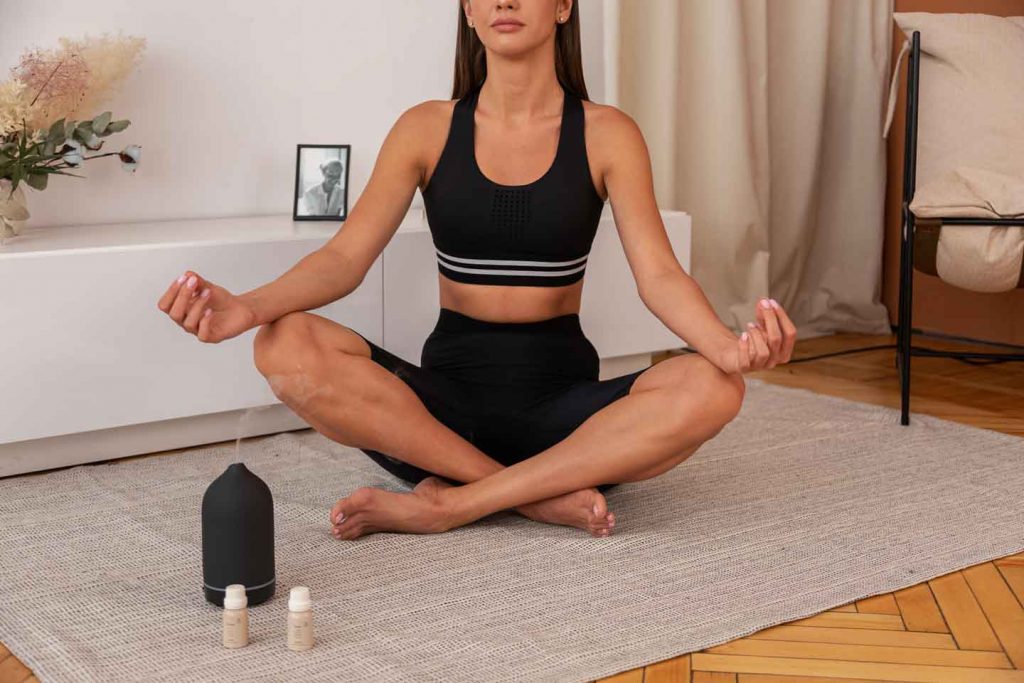
Thai massage and mindfulness techniques
To understand the core of Thai massage, it is better to understand that Thai massage and mindfulness techniques go hand in hand. While you receive the massage, you also give off positive energy to the nature around you. The bubble of energy created around you help you keep relaxed and nurtures your cells from the energy of chi.
This massage involves a series of techniques that helps keep the body grounded and relaxed. These movements involve pressing onto the acupuncture lines of sen, which directs natural energy to flow, circling movements of joints and hips, leaning at pressure points on areas that require stress release, and rolling the body from side to side, which helps in maintaining a normal posture, rocking as part of the assisted yoga, and passive stretching for decompressing the spine.
The Thai massage and mindfulness techniques are not just your average daily spa massage, but it is a rebirthing journey.
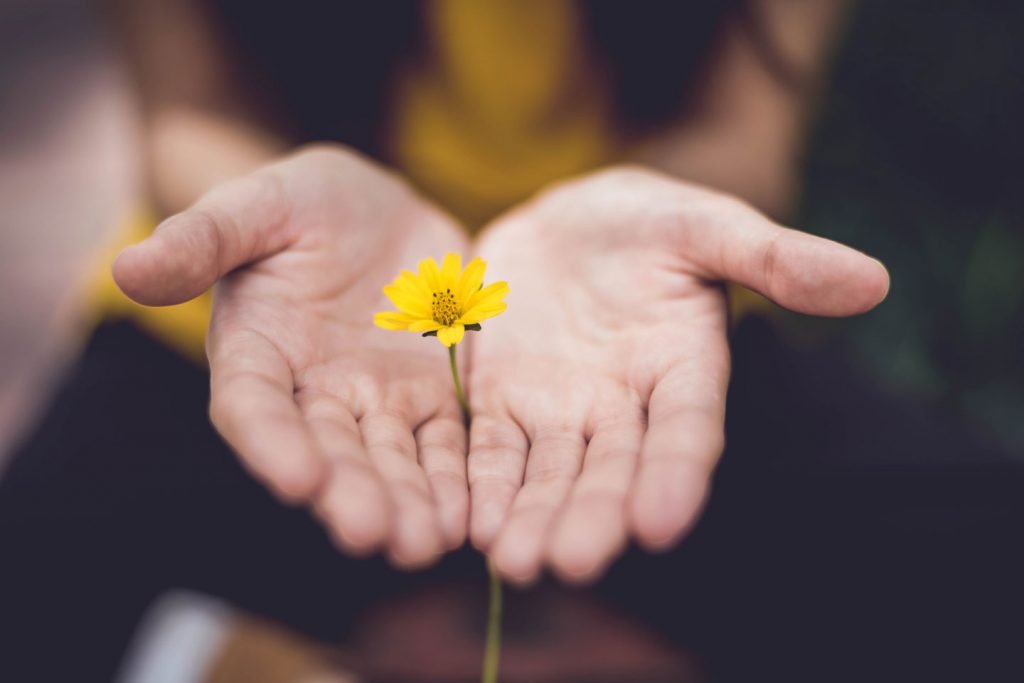
Thai Massage and its Origin
It might come as a shock to many that the traditional Thai massage has not originated from Thailand, but it is of Indian Origin. One of Buddha’s apprentices, Kumar Baccha, used the principles of yoga to heal the mind and diseases. Over 2500 years, the ten lines of life energy were identified by this physician and used in a way to heal others. Over the years, this message reached Thailand in a similar time frame when Buddha reached Thailand, and the name of traditional Thai massage was given. But in true essence, it is an assisted yoga.
There are many names for this massage; while it is a blend of Ayurvedic and traditional Chinese medicine as well, it cannot be owned by one culture entirely. This is a multicultural-influenced massage that was given birth almost three centuries ago. In different Asian cultures, it is called by many names, such as Nuad Bo-rarn, which means the ancient ways of healing.
While the origin of Thai massage is still a mystery of how it came into being but what makes it so special is understood well enough now. Chinese medicine works on sen, which are the energetic pathways of nature, and these pathways are also followed in acupuncture.
Similarly, yoga uses similar life energy lines known as Prana Nadis, which is a balance of inner and outer energy. The ten lines of life energy are used in this massage as an assisted yoga to retain the balance of life and body. The harmony is retained, and that alleviates the disease and revives the healthy state of the body.
You might also be interested in: What is Thai Yoga Massage?

Thai Massage and Mindfulness
Usually, when we think of massages, it is in minimal clothing with aromatic oils and a therapist massaging your body and providing pressure on different points to relieve stress and pain. It is a good experience as well, and it does relieve pain and stress. But when we say Thai massage and mindfulness, it is because this massage is not just lying down and just being pressed on.
It takes the mind on a journey as well as the body. It helps to connect you with your inner self creating energy bursts that help you recharge and nurture. A traditional Thai massage helps you be grounded in the moment and savor every passing second as your reform.
Having a wonderful Thai massage includes having your clothes on; the therapist uses ten pranas Nadis or acupuncture lines to apply pressure and stretch your body as you work through it. This message includes the glutes, arms, legs, shoulders, and back. The therapist uses no oil or cream to give you this assisted yoga massage.
A simple futon mattress or foam padding is used for lying on the ground. The massage starts by relaxing your mind with deep breathing; Long and deep breaths are asked by the therapist as you let the stress go and close your eyes into a relaxing position of laying comfortably on the ground with no noise, no hustle, nothing just you and your breaths.
As you breathe, your body becomes in harmony with your inner self and lets your body cavity relax into accepting positive energy, which the therapist uses to apply pressure following the sen points of Chinese medicine.
This traditional Thai massage helps the mind to meditate while your body is being pressed at certain points and stretched passively to align the prana nadis lines to create peace and harmony. When the sen lines of the prana nadis lines are aligned, only then the state of Qi or chi can be attained, which is important for Thai massage and mindfulness, and that is exactly what is aimed at during the session of this massage.

Benefits of Thai Massage
Over the years, it has been noticed that people who have been taking Thai massage regularly have better health and more energy. There is a clash of modern medicine with Chinese medicine or ayurvedic medicine, but even Western medicine cannot defy what is proven.
According to the ancient healing massage, the benefits of Thai massage are not just relief from pain but restores the chi of the body. The philosophy lies in restoring the natural energy of the human body, and that is why the benefits are:
- It helps in better movement of muscles and increases the flexibility of each muscle fiber which provides better movement and use of the full potential of the muscle without straining it.
- By aligning the sen points and using the lines to adjust body energy, there is better circulation to every part of the body, which improves oxygenation and increases energy levels.
- The techniques used in Thai massage help relieve pain, stress, and tension from muscles and specific sports, which help in retaining normal posture.
- The acupuncture points being used helps in releasing emotional stress and tension, which provides a surge of relaxation and an overall feeling of peace.
In ancient times giving a massage such as the Thai massage was considered a great honor and the masseur who would provide this healing was respected for their skill. It is just not just a mere massage. Both the receiver and the performer had a rule of discipline and followed the principles of yoga.
In the late ’80s, more and more people started to opt for Thai massage for ailments such as frozen shoulder, asthma, heart attacks, stroke, etc. Some had successful treatments, but some retreated to modern medicine. Soon it was Western medicine that started to incorporate the principles of Thai massage into their physical medicine, and it was proven that these techniques were helpful in alleviating pain and disease in some form.
Headaches
People who are suffering from tension headaches, migraines, cluster headaches, atypical pains, etc., have had better prognoses after receiving a Thai massage. According to researchers, after a session of traditional assisted yoga, these headaches can be delayed for more than 15 days.
Because the massage helps the body and mind release stress and tension, it helps in keeping the mind at peace as well, which makes it less likely to be prone to external triggers.
Back Pains
Individuals who avoid pharmaceutical help for pain have reported better prognoses when it comes to lower back pain. Back muscles are one of the main areas for Thai massage; the passive stretches help decompress the spine, and the prana nadis lines help provide pin-point pressure to muscles which helps reduce soreness and pain.
According to modern researchers, when it comes to back pain, this massage helps reduce pain by helping identify and soothing trigger points and muscle stiffness. This also helped in alleviating pain in the upper back area and helped in providing better posture and more flexibility of the muscles.
Joint pain and stiffness
According to the principles of yoga, when the energy lines of the body are not in harmony with those of nature, ailments befall. Joints are open spaces between bones that require energy flow. Joint stiffness and pain are accompanied by the blocking of sen. Causing the disruption of chi. Thai massage can help in alleviating the symptoms of joint pains and stiffness, such as from the knee, spine, neck, and even head, but it takes time and patience.
The chi of the body needs to be restored, and that comes with regular sessions. When your body and nature start to become one, it helps in better circulation of blood and oxygen through the muscles and joints when it helps remove clusters of pain substances and reduce the buildup of stress.
According to researchers, it takes almost eight weeks to fully recover from joint pain and stiffness with this massage, and during the sessions, it helps to alleviate pain equal to three ibuprofen. This can indeed show how effective a traditional Thai massage is.
Anxiety relief
The most unbelievable part of Thai massage that Western medicine could not believe was that it reduces anxiety which appeared on brain scans. While the receiver is lying relaxed on the ground breathing in deep breaths, the acupuncture points help guide the energy to be distributed throughout the body, creating peace and dissipating the negative energy. This helps in removing stress and tension physically and spiritually from the body and the mind.
The assisted massage needs the participation of the client as well so that the mind is aware when the body starts to reform and regain energy. Anxiety can lead to many issues, such as cluster headaches, reduction of energy in daily routine, and mood swings. A session of a traditional Thai massage can help in restoring the energy required to function normally.
Boosts Energy
The combined techniques and medical philosophies used in Thai massage help in reducing stress and automatically boosting energy. It is by using the sen lines that the positive energy is drawn back to the body, helps most muscle energy, and also boosts the overall mood of the client.
The decompression of the spine alleviates pressure from the CSF as well and helps give a surge of relaxation. It is effective even as a part of medicinal treatment. It adds to the benefits of the treatment.

Conclusion
Thai massage originated over 2500 years ago from a blend of different cultures and their medicinal philosophies. The knowledge of pain and stress alleviation lives on even today and keeps men close to nature and the energy of life.





